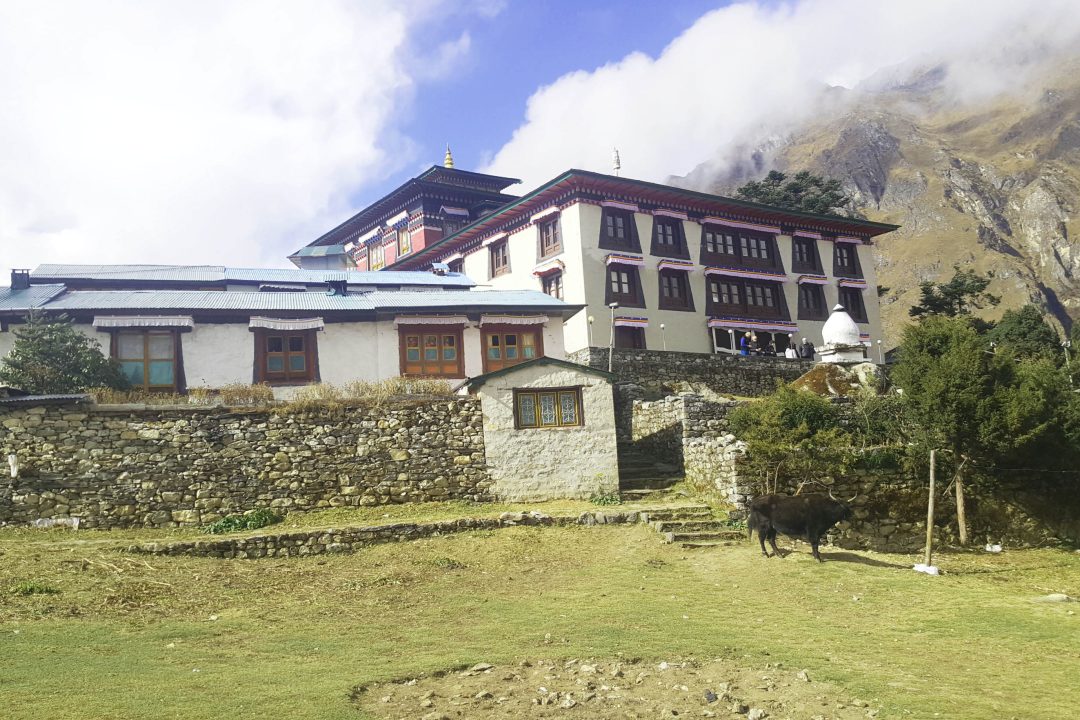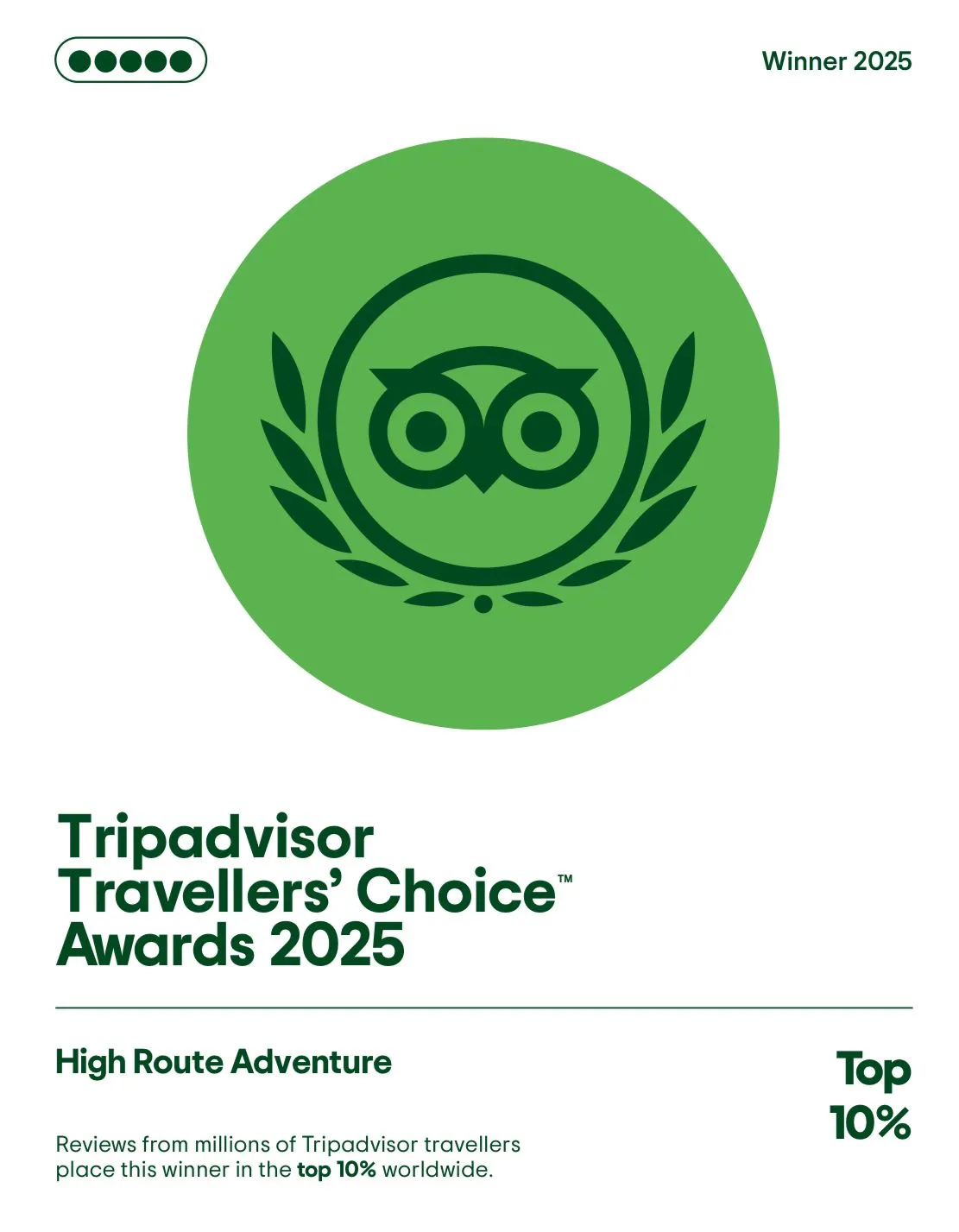Monasteries Of The Everest Region

‘Mountains and Monasteries the abode of God’s and holy spirits’
Table of Contents
Overview
Monasteries of the Everest Region, are the most important and spiritual highlights of Khumbu Sherpa’s. Where daily life is interwoven with the teaching of Buddha and the practice of heritage culture, as it were thousands of years.
Monasteries of the Everest Region is the heart of local culture for worship, prayer, and religious activities and events. Nearly all villages own a monastery from Lukla and to the last permanent village of Pangboche.
Besides famous monasteries on the trail to Everest base camp, one can visit the old monastery of Thame village. As well above Namche Bazaar at Khumjung village with one of the oldest monasteries around the high Khumbu region of Everest.
The monasteries are the religious center and place of worship of all Khumbu Sherpa’s. Besides large monasteries, villages are adorned with religious, prayer monuments called Chorten, Chaitiya a stupa with a series of prayer walls.
The Sherpa follows Mahayana Buddhism of Tibetan origin, which means a greater wheel or vehicle. At present, it is one of the most popular, widespread sects of Buddhism practiced around the world, including in Nepal. Mahayana form of Buddhism originated in Tibet around the 7th Century by a great Guru Padamasamba, also known as Guru Rinpoche.
Mahayana Buddhism believes in the heavenliness of Buddha and worship of idols and the daily chanting of prayer. In this text, we have highlighted the most popular and old monastery of Thyangboche also spelled and pronounced as Tengboche. One of the oldest, but re-built twice due to destruction by the earthquake of 1934 and raged by fire in 1989.
An important monastery of the Khumbu area, although there are much older Gompa / Monasteries at Thame, Khumjung, and Pangboche villages. As Thyangboche Monastery is much highlighted due to its beautiful location on the main trail to Everest base camp. The monastery amidst green forest surroundings is lined by tall pines, firs, rhododendron, oaks, and juniper trees.
Thyangboche Monastery/Gompa

Thyangboche / Tengboche Monastery stands on a high ridge at the height of 3, 875 meters / 12, 713.25 feet. Surrounded by an array of snow peaks with views of Mt. Everest, Nuptse, and Lhotse towards the north. Includes Ama Dablam at a close distance towards the east with Kantega, Tharmasarku, and Kwangde, with views of Khumbila the holy peak.
The Thyangboche Monastery also called Dawa Choling Gompa, is the largest Monastery / Gompa around the high Khumbu region of Everest.
The origin of the monastery dates back to 1916, built by great Guru ‘Lama Gulu’ who visited from Rongbuk Monastery in Tibet. Thyangboche Monastery since then stood as the main landmark and important Gompa for Khumbu villagers.
Although damaged by natural disasters twice, at present stands as one of the most beautiful and colorful monasteries. Close around Thyangboche one can visit a Vajrayana Buddhism nunnery area, and interact with cheerful and happy nuns.
Thyangboche Monastery / Gompa is not only a place of religious activities it is also a school of learning Buddhism philosophy. Where young monk or pupil comes from all across Nepal to study, as well engaged in religious chores and activities.
The monastery stands above the small plateau of Thyangboche, the interior of the Gompa is allowed for visitors at a certain time. The main area of the tour is the main prayer hall, festooned with a tall statue of Lord Buddha, Guru Rinpoche.
Includes idol of Chenrezig, also known in Sanskrit as Avalokitesvara, a Bodhisattva symbolizes as the god of compassion. The hall and main prayer room are decorated with brilliant religious arts and paintings known as Thanka. The main entrance with paintings of four directional guardian angels East, West, North, and South.
How to reach Thyangboche Monastery
After flying in from Kathmandu at Lukla Tenzing & Hillary airport, the first-day walk leads to Phakding. One can walk further to Monjo village close to Sagarmatha National Park Entrance for the first overnight stop. The trail is well-defined with the main flow of porters, groups of trekkers on the road to Everest base camp.
The next day walks towards Namche Bazaar, normally visitors spend two overnights at Namche for rest to support acclimatization. From Namche about 9 km walking distance of more than 4 hours due to steep climb of two hours. Then reaching Thyangboche for an overnight stop within the surroundings of giant peaks with time to visit the monastery complex.
The best time to visit Thyangboche Monastery
Nearly all seasons of the year, except for monsoon wet times of June to August months. The best is in springtime when days are longer with enough sun-light hours, the best season for wildflowers. Especially the rhododendron of various species from tall trees to bush rhododendron with magnolia, violets, and primula. Morning and night can be cold, chances of light snowfall sometimes but most days are clear for views and walks.
The next best season is in autumn/fall starting from September to November clear sunny days most of the time, but with short hours of sunshine due to autumn and pre-winter. Can get snowed sometimes much colder morning and nighttime, but with a clear starry night sky. It is also the time for the great Mani-Rimdu festival of Thyangboche Monastery. Takes place at the end of October or the first week of November, as per the Buddhism Lunar calendar.
For interested people can visit during the winter season also around December to February, mostly clear days for views and walks. But shorter sun-light hours can be very cold morning, late afternoon, and nighttime with chances of snowfall.
Mani Rimdu Festival of Thyangboche Monastery
Although there are other places, where the Mani Rimdu festival is held like in Thame Monastery, west of Namche Bazaar. But Thyangboche Monastery Mani Rimdu Festival is major and popular due to its easily accessible route and location.
Where all villagers from Namche-Khumjung-Khunde and Pangboche can enjoy the great festival, as it is situated close to their villages.
The colorful festival Mani Rimdu of Thyangboche is the biggest and most elaborate religious event for all Khumbu Sherpa’s.
Mani Rimdu at Tengboche is a colorful and vibrant festival where all monks and priests are clad in beautiful gowns and masks. Dances to the beat of religious chants and music performed by the young monks wading away from the evil spirits.
A two weeks festival, but three days is the most important part of the event displayed among the public.
The festival is traditionally held on the 10th month as per the Tibetan Lunar calendar but at Thyangboche versions. It is held on the ninth Tibetan month, which is great fortunate it coincides with the best trekking times.
For this year 2022, interested travelers are willing to visit the festival time of Mani Rimdu at Thyangboche. Is held in November from 08th to 10th.
On this day you will be blessed by the high priest Guru Rinpoche of Thyangboche Monastery. A great opportunity to observe the festival is not to be missed while visiting Nepal and the high Khumbu region.
Posted on








